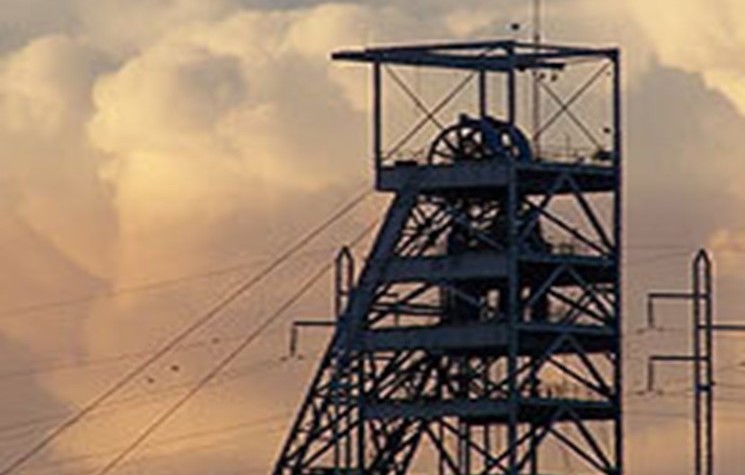Shares In Pan African Resources Rise As Low Grades From Evander Look To Be A Thing Of The Past

By Alastair Ford
“We’ve been through tough times”, says Cobus Loots, the new chief executive of Pan African Resources.
Indeed, the company’s latest set of results, for the six months to December 2014, don’t exactly make for good reading: revenue dropped by more than £16 million over the corresponding period in the previous year, while all-in sustaining cash costs rose by US$200 per ounce to US$1,165, headline earnings dipped by over 60 per cent in rand terms, and profit after tax in sterling terms dropped by nearly 70 per cent to £5.5 million.
But if that looks like a pretty gloomy set of figures, mark this: the shares rose on the results, both in London and in South Africa.
So is there more to this than meets the eye? The answer to that is yes and no. “The challenge that we were facing was well documented in the market”, says Cobus. Indeed, there are times when it seems that the South African regulations on profit guidance are even stricter than those in the UK. Pan African told the market back in January that sales and profits were likely to come in at least 20 per cent lower than in the corresponding period in the year previous, as it is required to do under South African law. But even in that announcement the company pointed out that it had already communicated to the market, most recently in November, that lower grades at the key Evander gold mine were likely to impact profits.
There was also the impact of an oil leak from a crusher on the biox plant at the company’s other big mine, Barberton, and this too had been well flagged. All-in-all, the market was alive to the probability that these results would not be particularly good, and that expectation was already in the price.
What’s more, there were a couple of positive takeaways too. First, this is a gold company that’s still making profits, even when grades drop. And that’s not easy in this market, with the gold price a long way off its boom-time highs and other London-listed gold companies, in particular Petropavlovsk, going to the wall. Second, the dividend was increased such that Pan African shares now yield a chunky seven per cent in sterling terms, which is a welcome return in anyone’s terms, but especially so in these times of near-zero interest rates.
And the third, most crucial, positive was not in the numbers themselves, but in the very orebody at Evander itself.
“We’re coming out of the low grade cycle”, says Cobus simply. And that’s likely to make all the difference in the current period. “In a deep level underground mine”, says Cobus, the fixed cost is higher than 70 per cent. Then it comes down to productivity so the more gold you produce the lower the unit cost. At Evander the grades at the centre of the channel we’re mining are quite a lot higher. You develop it from the centre and mine out from the edges. What was happening was that we were mining at 23 and 24 level and preparing 25. And 25 is now ready. We were mining towards the edges of the currently available stopes.”
Now though, down on the 25 level Pan African should be in the high grade material for a good couple of years, and plans have been put in place to ensure that development at lower levels remains ongoing so the cyclical nature of the production grade can be counteracted.
Also, adding to the general optimism going forward is the news that the tailings operation at Evander is now ready to go and should contribute around 10,000 ounces per year. The platinum operation at Phoenix is also performing well, at long last. And over at Barberton the problems related to the oil spillage have been addressed such that recoveries are back up to a level between 96% and 97%.
What it will all amount to for the final year remains to be seen, as no guidance has formally been issued. But the second half is likely to be better than the first, in which just over 52,000 ounces from Barberton were sold, and 33,000 ounces from Evander. The potential is for Pan African to push through the 200,000 ounces per year mark. Whether that will happen this year isn’t yet clear, but allowing for a consistent gold price next year has to be a good bet.
And longer term, there’s a huge undeveloped resource of over 30 million ounces at Evander. “The market doesn’t value any ounce that it can’t see coming out of the ground”, says Cobus. And rightly so. But nevertheless the potential of that resource does titillate. “We’re re-evaluating Evander South”, continues Cobus. “We’re saying to ourselves, let’s throw away the old thinking and see if we can get into Evander South cheaply.”
All told, this is a company that has plenty going for it, providing you’re looking forward not back.

Comments (0)